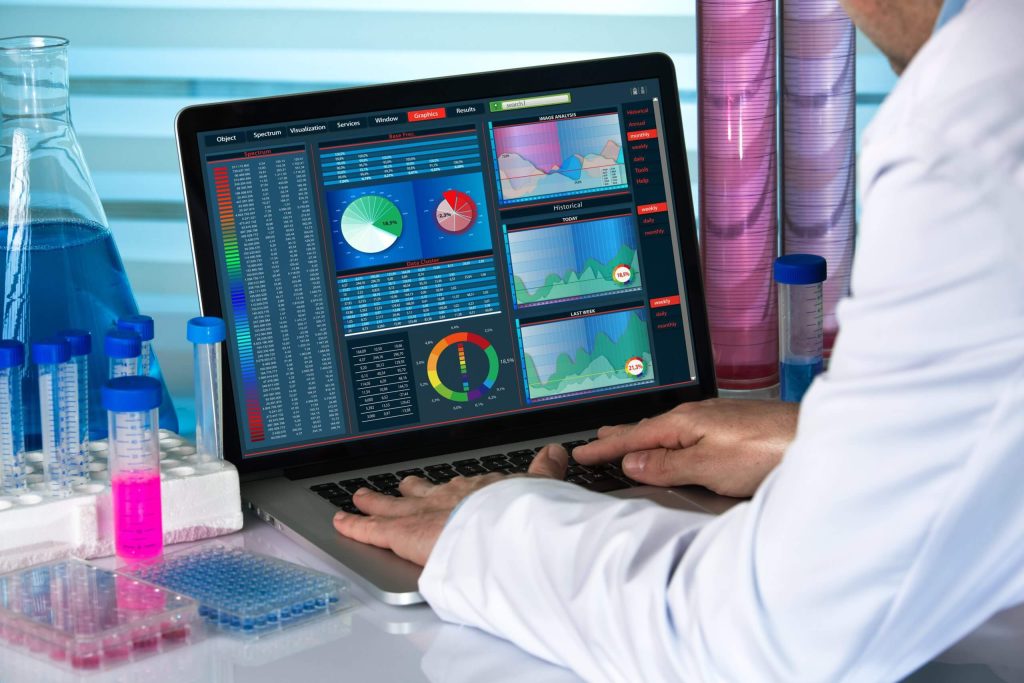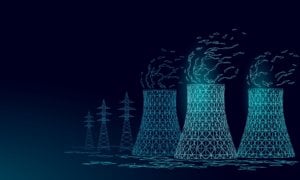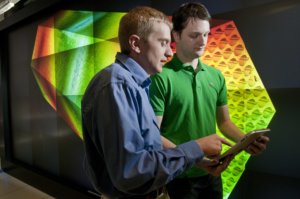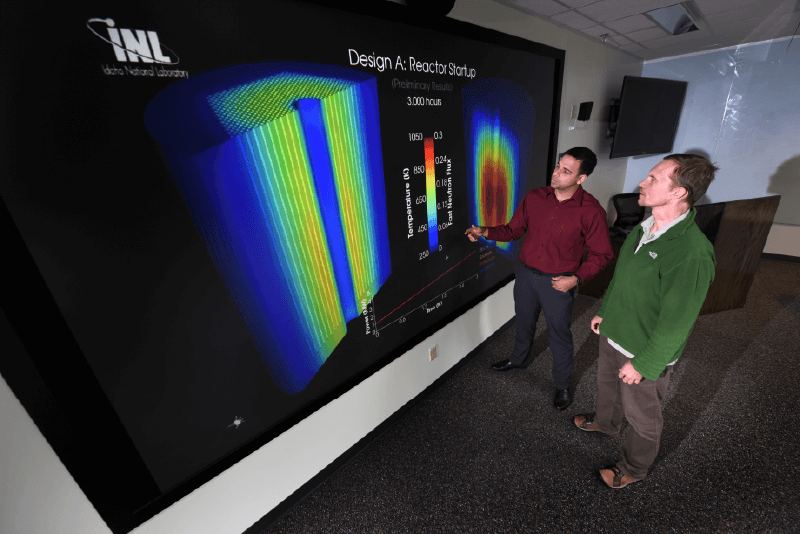About
What does the NEAMS program do?
The Nuclear Energy Advanced Modeling and Simulation (NEAMS) program is a U.S. Department of Energy-Office of Nuclear Energy (DOE-NE) program developing advanced modeling and simulation tools and capabilities to accelerate the deployment of advanced nuclear energy technologies, including light-water reactors (LWRs), non-light-water reactors (non-LWRs), and advanced fuels. We leverage the nation’s scientific talent to deliver on our nuclear energy objectives across six technical areas: Fuel Performance, Reactor Physics, Structural Materials and Chemistry, Thermal Fluids, Multiphysics, and Application Drivers.
The NEAMS program also manages lifecycle funds allocated to industry awards and the Nuclear Energy University Program (NEUP).
The NEAMS program has sites at Argonne National Laboratory, Idaho National Laboratory, Lawrence Berkeley National Laboratory, Lawrence Livermore National Laboratory, Los Alamos National Laboratory, Oak Ridge National Laboratory, and Sandia National Laboratory.
Who do we work with?
We work with DOE-NE, the U.S. Nuclear Regulatory Commission (NRC), and industry to develop, demonstrate, and deploy usable advanced modeling and simulation capabilities. Under the guidance of three research objectives, DOE-NE resolves barriers to technical, cost, safety, security, and proliferation resistance through early-stage research, development, and demonstration to:
- Enhance the long-term viability and competitiveness of the existing U.S. reactor fleet
- Develop an advanced reactor pipeline
- Implement and maintain a national strategic fuel cycle and supply chain infrastructure
How are we accomplishing our mission?

Accelerating Predictive Modeling and Simulation
We deploy, support, and sustain the advancement of reliable predictive modeling and simulation capabilities that are widely used in the design, operation, regulation, safety margin characterization, and performance optimization of the current and future reactor operating fleet.

Developing and Deploying Advanced Nuclear Technologies
We accelerate the development, demonstration and deployment of advanced nuclear technologies, for both the existing fleet and advanced reactors, supported by the DOE-NE R&D programs, industry initiatives such as GAIN, and direct funding mechanisms with industry.

Integrating Modeling and Simulation with Experiments
We aim to integrate modeling and simulation with experimental capabilities, including future reactor demonstrations and programs, to obtain data for model development and validation and optimize experimental facility utilization and measurements.

Building Software Credibility and Confidence
We expand reliance on modeling and simulation by building credibility and confidence through software quality assurance, verification, validation, and uncertainty quantification approaches assuring the predictive ability of our modeling and simulation capabilities in a manner that is acceptable for industry and regulators.

Tackling Key Challenges
We engage with stakeholders to develop relevant modeling and simulation capabilities and define key challenges and priorities for the program. This involves engaging universities for research, education, and workforce development as well as the NRC, where appropriate, to ensure that DOE advanced modeling and simulation capabilities are being developed in a manner of relevance to the NRC.

Leveraging Emerging Research Areas
We leverage new and emerging research areas in modeling and simulation that can offer significant improvements to accelerate nuclear energy innovation, development, and deployment.
